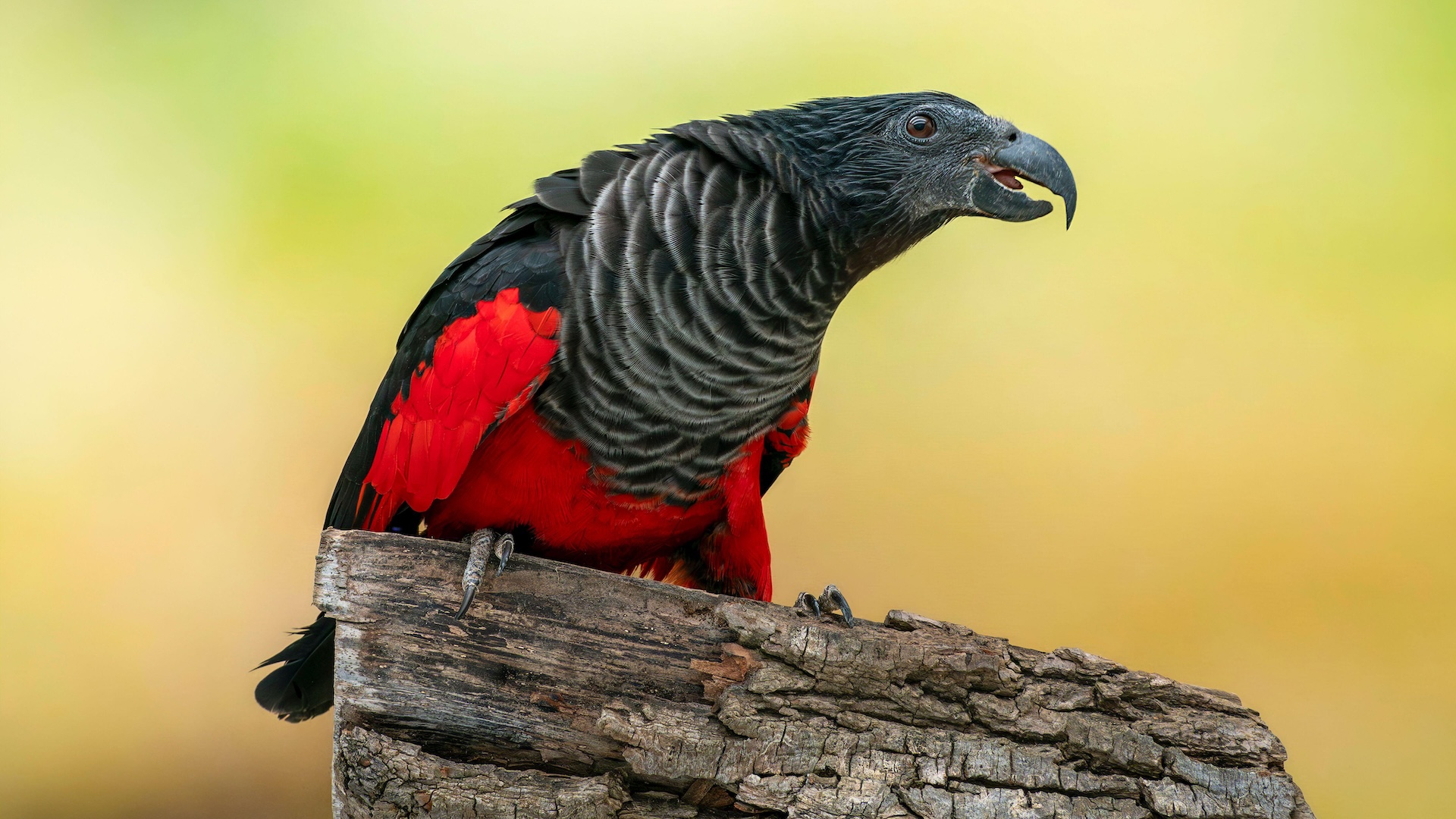Amazing animals — A look at the weird and wonderful species that live on our planet
Latest about amazing animals
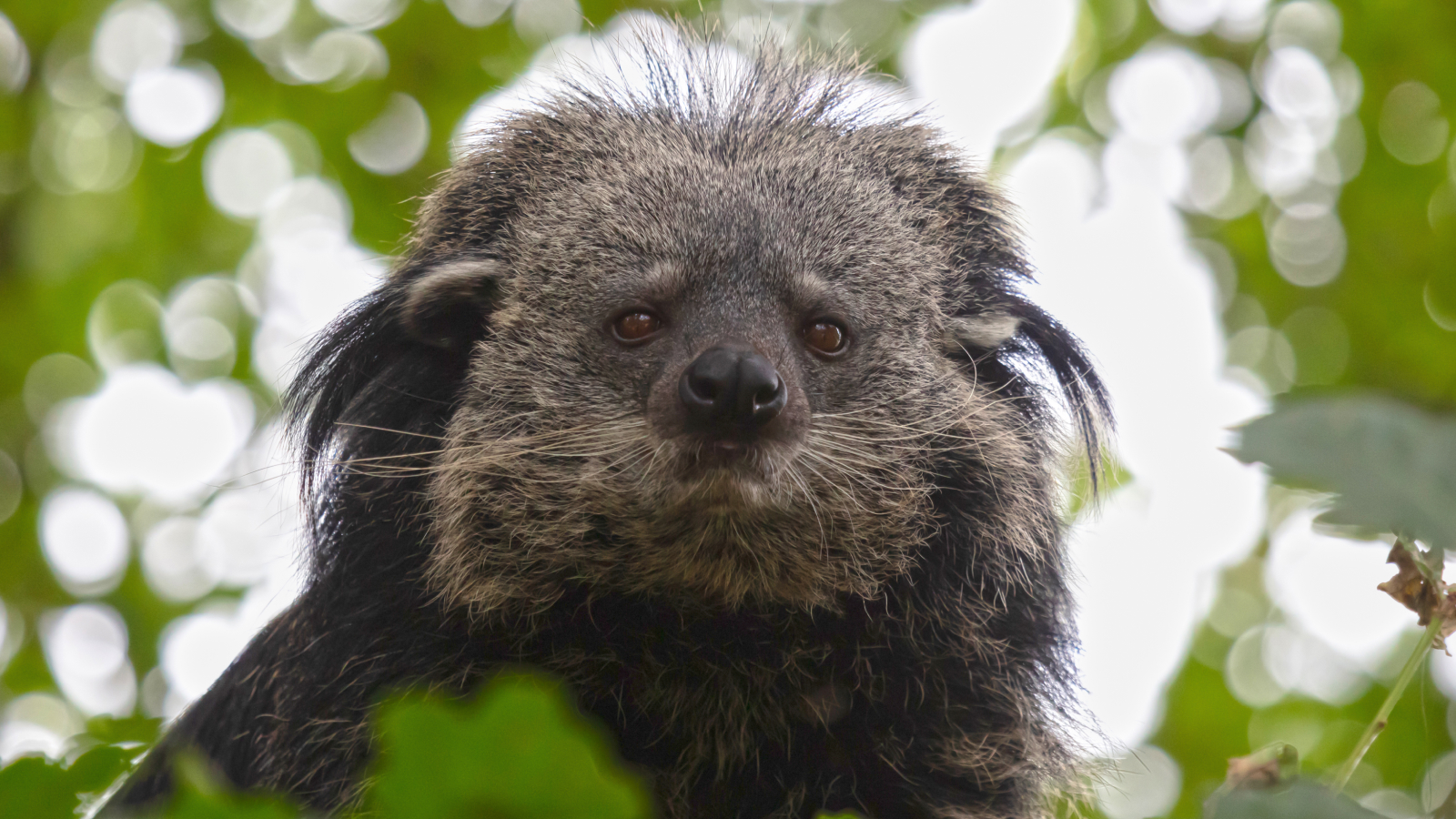
Binturong: The bearcat that smells like hot buttered popcorn
By Lydia Smith published
Binturongs' popcorn perfume plays a vital role in communication, helping them mark their territory and signal their presence to others in dense tropical rainforests.
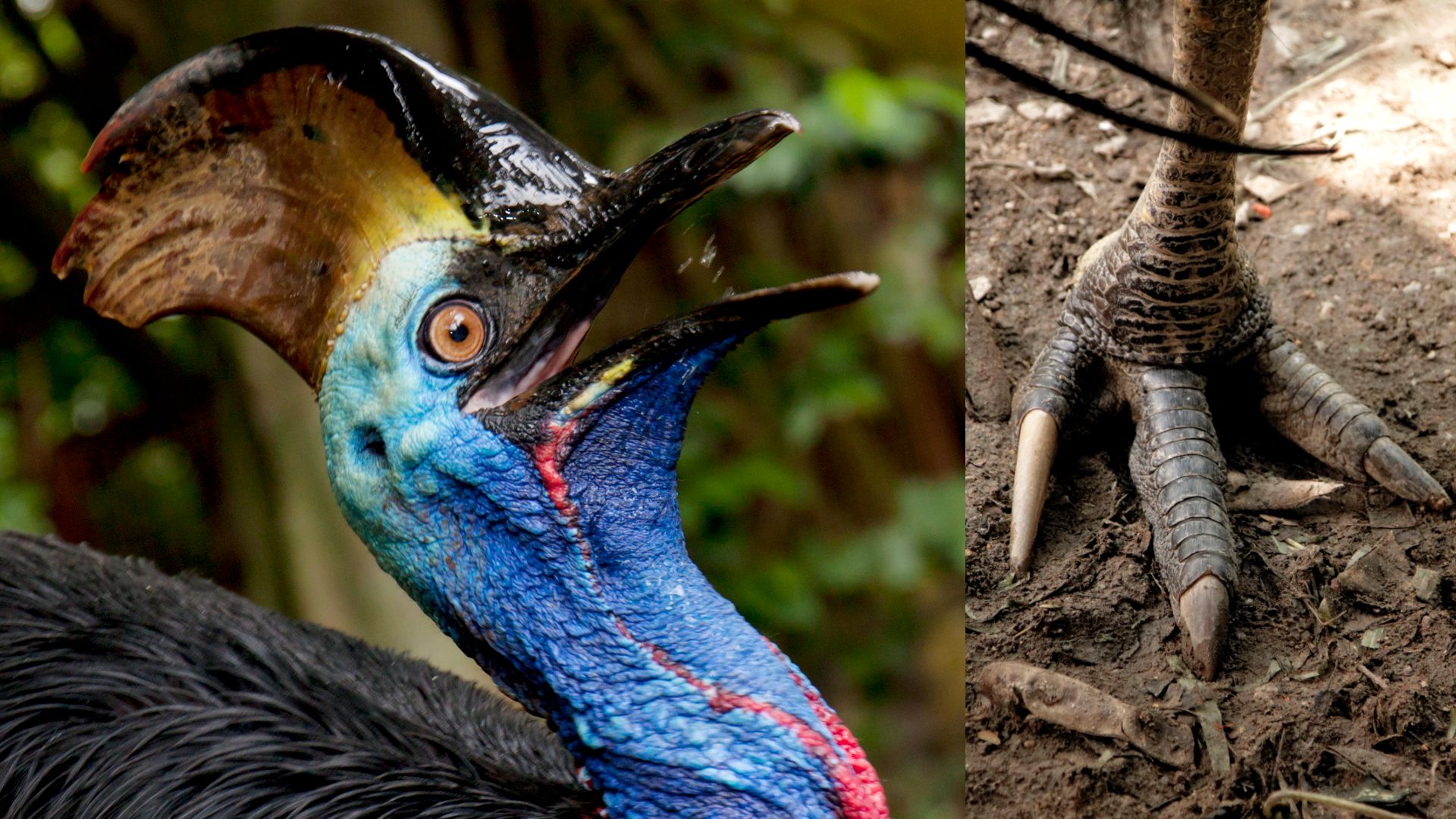
Southern cassowary: The giant prehistoric bird with dinosaur feet
By Lydia Smith published
These large, flightless birds have powerful, muscular legs and tough, prehistoric-looking feet with claws that can deliver a powerful blow.
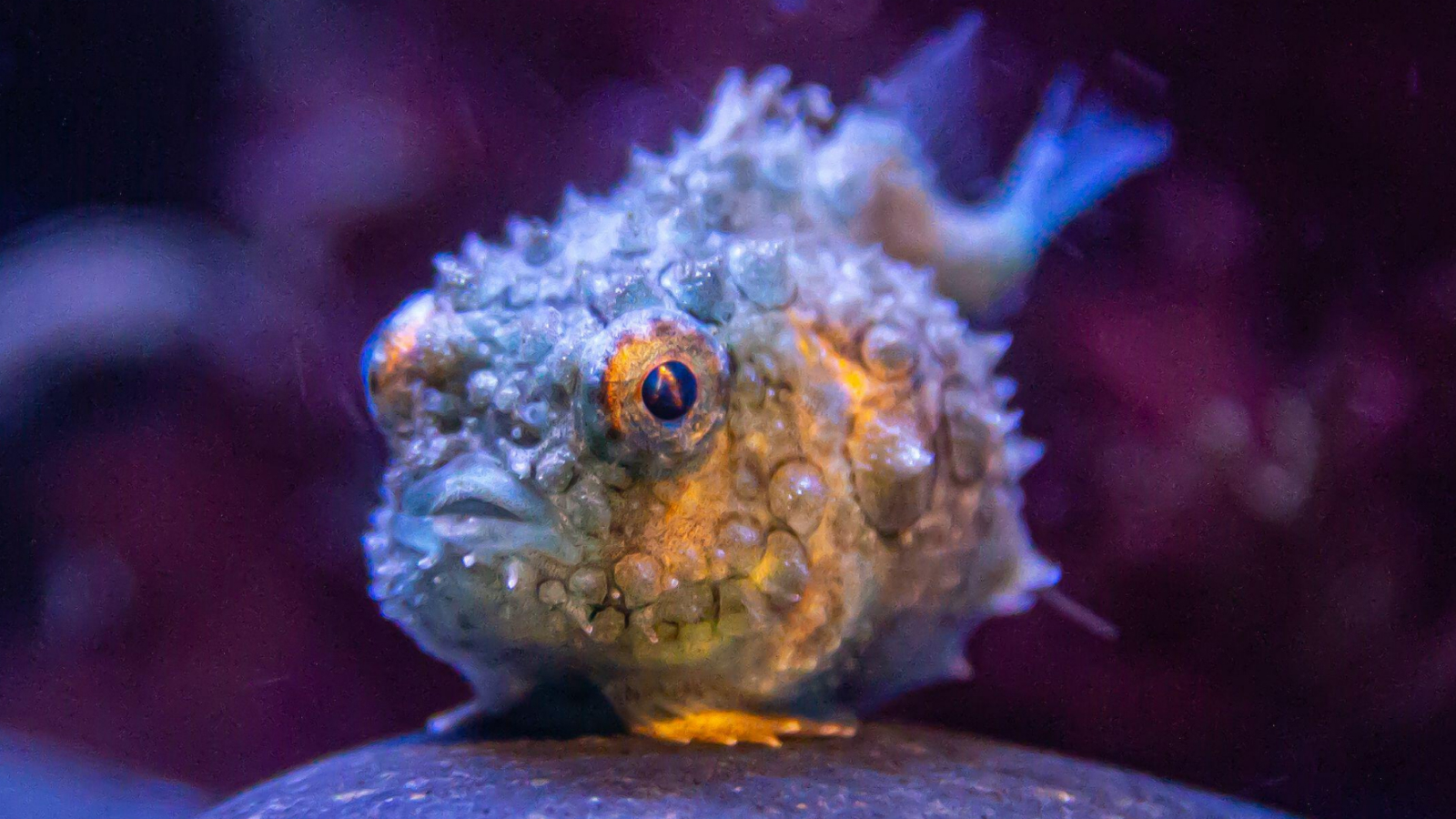
Pacific spiny lumpsucker: The adorable little fish with a weird suction cup resembling human teeth
By Liz Langley published
Pacific spiny lumpsuckers are wee, coastal fish that look a bit like concerned strawberries, have a fluorescent glow and pack some serious body armor.
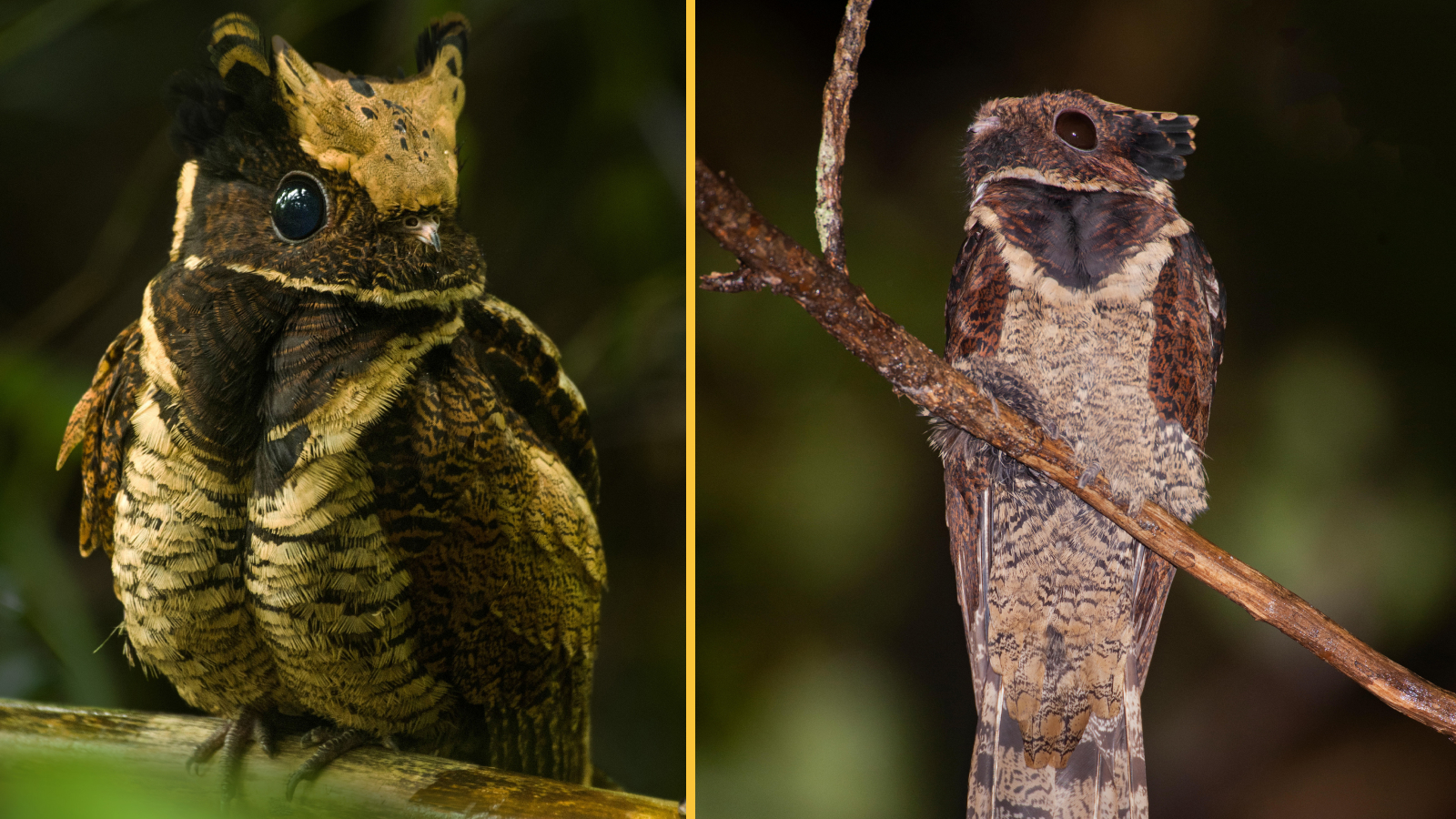
Great eared nightjar: The 'baby dragon' bird that lays its eggs on the floor
By Lydia Smith published
Great eared nightjars live on the forest floor, remaining motionless throughout the day, camouflaged among leaf litter and tree stumps.
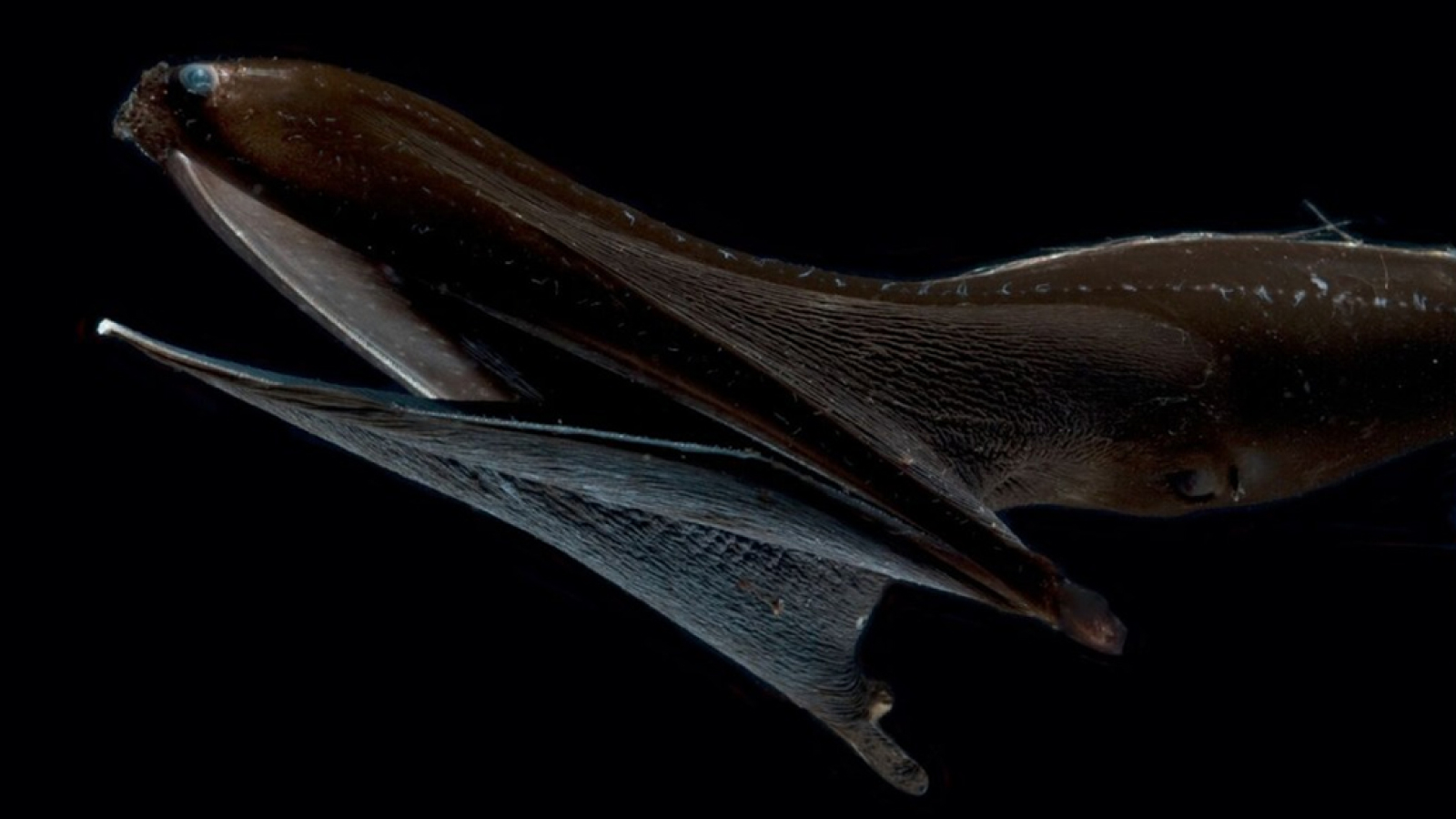
Pelican eel: The midnight zone 'gulper' with a giant mouth to swallow animals bigger than itself
By Mindy Weisberger published
Open wide! The gaping gob of a pelican eel can expand into a voluminous sac for trapping elusive prey in the dark ocean depths.
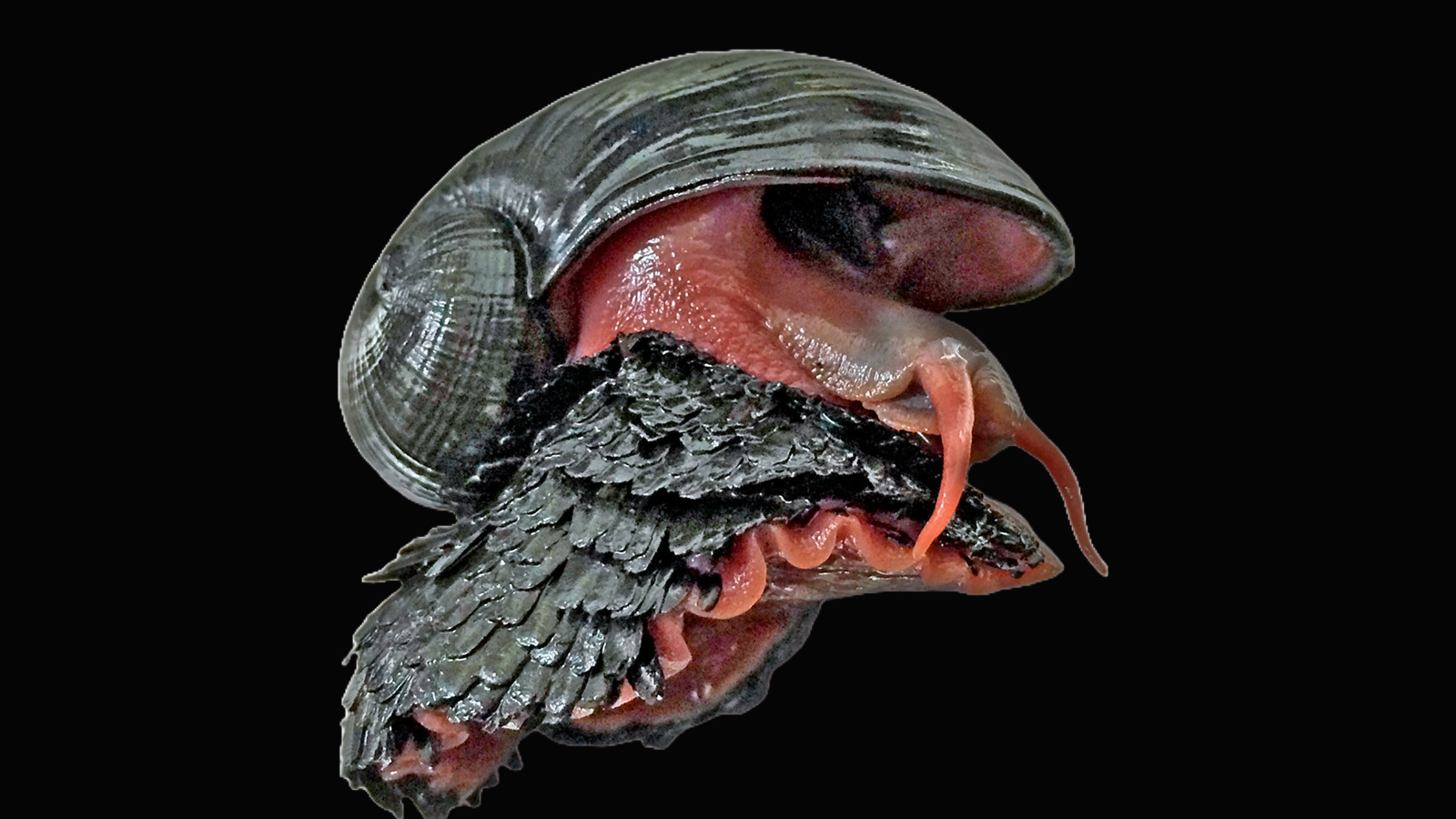
Scaly-foot snail: The armor-plated hermaphrodite with a giant heart that lives near scalding deep-sea volcanoes and never eats
By Mindy Weisberger published
Also known as "volcano snails," these gastropods grow a suit of metal-enriched scaly armor and have an enormous heart, which helps them survive in oxygen-poor water in the deep ocean.
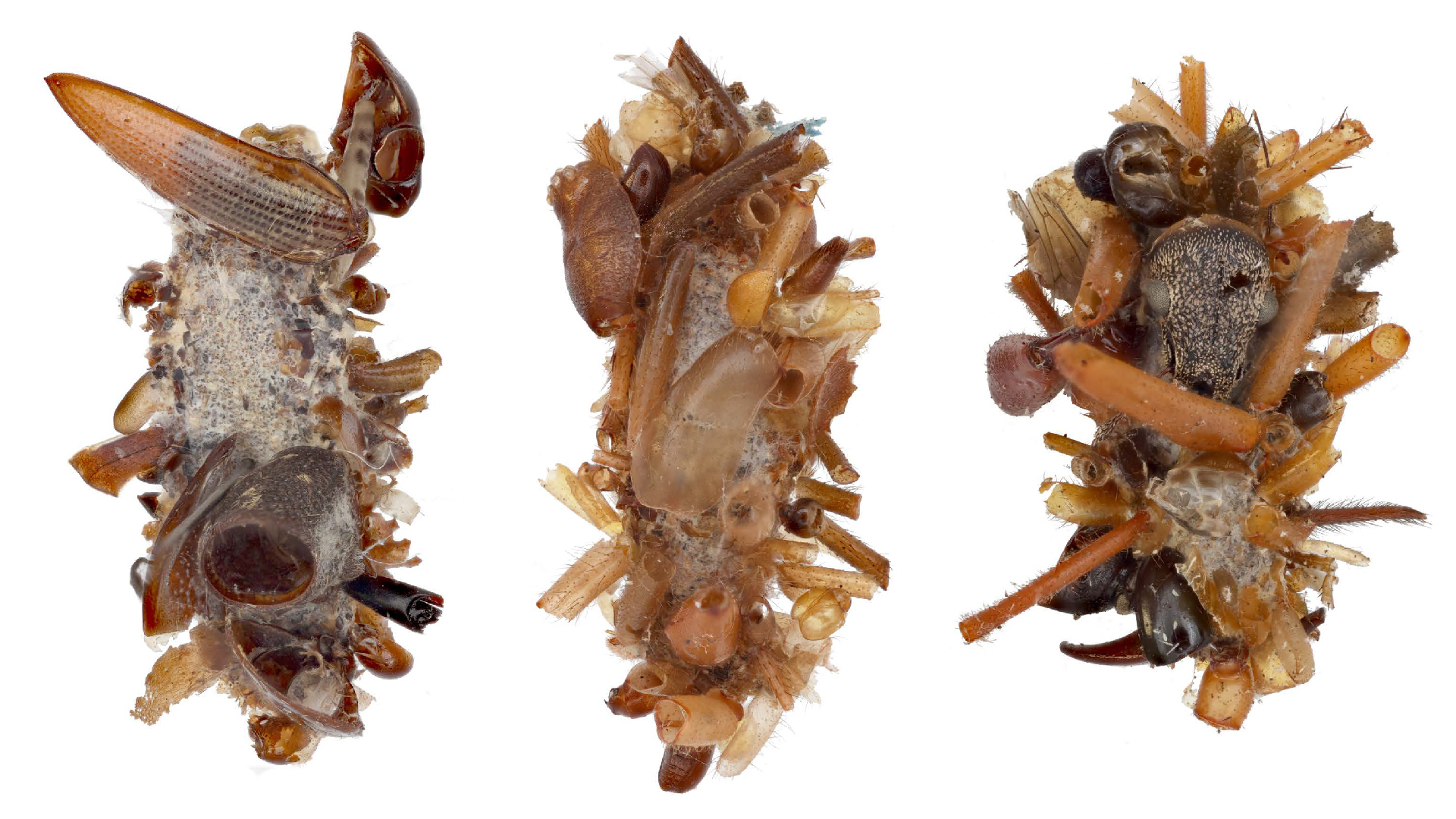
Bone collector caterpillar: The very hungry caterpillar of your nightmares
By Jesse Steinmetz published
Bone collectors feast on dead and dying critters caught in a spider's web and then decorate themselves with the legs, wings and heads of their victims to avoid detection by their spider hosts.
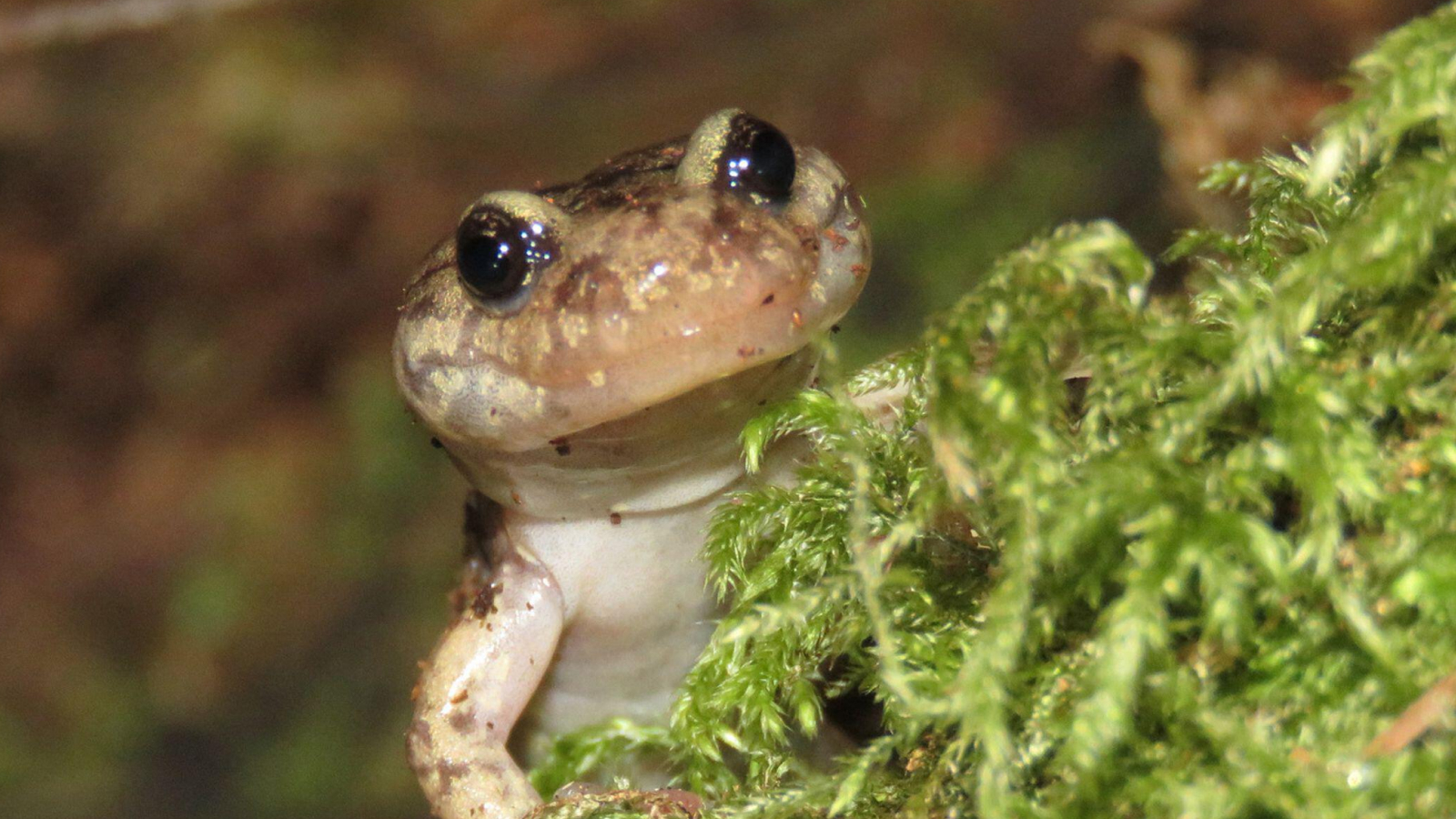
Wandering salamander: The tree‑climbing amphibian with a blood‑powered grip
By Jay Kakade published
Wandering salamanders control their veritable grip by pumping blood into and draining it from translucent toes, as they glide and land on towering redwoods.
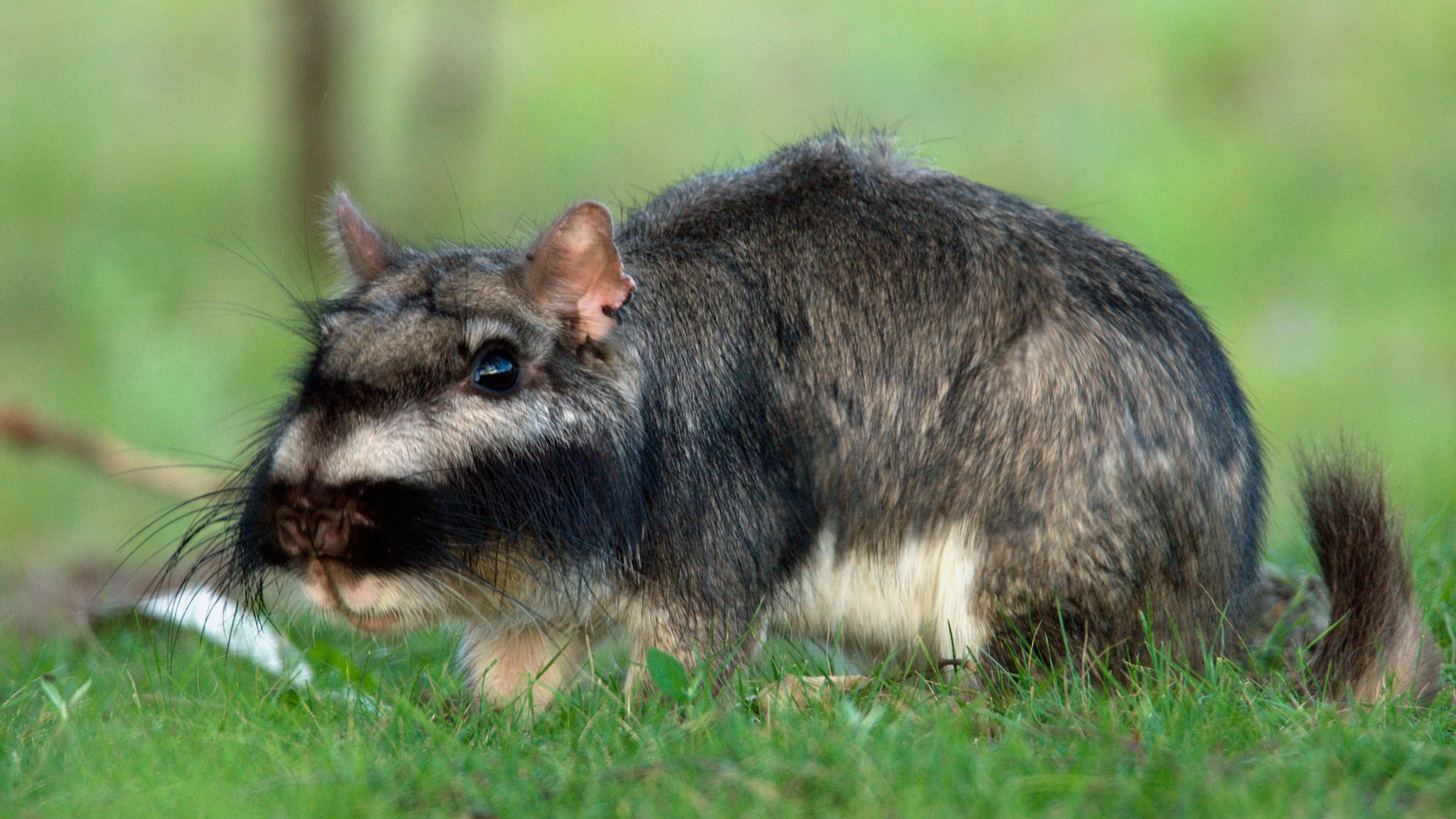
Plains viscacha: A rodent that builds vast underground cities and ovulates more than any other mammal
By María de los Ángeles Orfila published
The plains viscacha looks a lot like a chinchilla, but it's known for building vast tunnels underground and for producing more than 300 eggs at one time.
Get the world’s most fascinating discoveries delivered straight to your inbox.
